Global trends
According to the World Meteorological Organization (WMO)'s 2023 Global Climate Assessment Report, 2023 is set to be the hottest year on record, with the global average temperature 1.45 degrees Celsius higher than pre-industrial times.
Along with that, rising sea levels and biodiversity loss, air and water pollution, land degradation... are seriously threatening environmental security, public health and the foundation for socio-economic development.
In that context, restructuring the economy towards reducing greenhouse gas emissions, increasing the use of renewable energy, and promoting sustainable production and consumption has become an inevitable trend, helping countries effectively adapt to climate change and limit long-term environmental risks.
Pressure from the international community and global agreements have created a strong legal framework and political commitment to promote the transition to a green economy. The Paris Agreement on Climate Change (2015) set a target of keeping the average global temperature from rising more than 1.5-2 degrees Celsius above pre-industrial levels, and required countries to develop a roadmap to reduce greenhouse gas emissions through Nationally Determined Contributions (NDCs).
In addition, the United Nations Sustainable Development Goals (SDGs) for 2030 also emphasize the link between economic development and environmental protection, efficient use of resources and social equity. Many countries have materialized this commitment through policies such as carbon taxes, emission regulations, promoting green finance and encouraging green technology innovation.
In addition, ESG (environmental, social and governance) standards are increasingly becoming mandatory in international investment and corporate governance, creating pressure to push economies towards more sustainable development models.
Green growth brings long-term and sustainable benefits to the economy. Not only does it help minimize negative impacts on the environment, this growth model also opens up many new economic development opportunities through the expansion of green industries such as: renewable energy, organic agriculture, environmental treatment technology and circular economy.
According to the International Labour Organization (ILO) Green Jobs Outlook Report, the transition to a green economy could create more than 24 million new jobs globally by 2030, while reducing the risk of job losses in highly polluting industries.
In addition, green growth helps countries improve their international competitiveness by improving resource efficiency, enhancing innovation and reducing the cost of responding to future climate change.
Implementation practices in Vietnam
In the context of increasing globalization and climate change, Vietnam has demonstrated its strong commitment to sustainable development and green growth. Specifically, the Government has issued the National Strategy on Green Growth for the 2021-2030 period, with a vision to 2050, according to Decision No. 1658/QD-TTg dated October 1, 2021.
This strategy sets out four key goals: (1) Reducing greenhouse gas emissions intensity per GDP; (2) Greening economic sectors through technological innovation and production models; (3) Greening lifestyles and promoting sustainable consumption throughout society; and (4) Building a system of institutions and policies to promote synchronous and effective green growth.
In addition, ministries, sectors and localities have concretized the national strategy through the issuance of provincial-level Green Growth Action Plans and the integration of green content into socio-economic development planning.
By the end of 2023, according to a report by the Ministry of Planning and Investment, more than 40 localities nationwide had developed green growth action plans, of which many key provinces had implemented breakthrough green transformation projects.
Some typical examples show the positive shift towards a green economic model in Vietnam. In the field of renewable energy, Ninh Thuan and Binh Thuan provinces have become centers for solar and wind power development, thanks to favorable natural conditions and preferential investment policies. By 2023, the total solar power capacity in Ninh Thuan has reached nearly 2,500 MW, accounting for a large proportion of the country's renewable energy structure.
In the agricultural sector, many agricultural processing enterprises in the Mekong Delta have applied biomass energy from rice husks, sugarcane, and straw to replace fossil fuels, contributing to reducing emissions and saving production costs. In the light industry sector, the textile and footwear industries - which are key export industries - have also applied cleaner production standards, water reuse, and wastewater treatment according to international standards to meet the strict environmental requirements of markets such as the European Union and the United States.
However, the process of implementing green growth in Vietnam is still facing many challenges.
Firstly, green investment capital is still limited, especially in localities and small and medium enterprises, making it difficult to convert technology and production processes.
Second, environmentally friendly production technology in Vietnam is still backward and expensive, leading to barriers in accessing and implementing on a large scale.
Third, the awareness of the community and businesses about green growth is still uneven, many businesses still do not consider this as a long-term growth driver but only a short-term compliance cost.
Finally, the institutional system and policies supporting green growth are still lacking in synchronization, overlapping, and have not created strong enough incentive mechanisms, especially regarding green credits, carbon taxes, and emission pricing.
To realize the goal of green growth, it is necessary to synchronously deploy many systemic solutions, notably perfecting institutions and policies for sustainable development.
Specifically, the State needs to build a tight and synchronous legal framework, creating favorable conditions for economic activities associated with environmental protection, such as issuing preferential tax, credit and land policies for businesses investing in clean technology, renewable energy and circular production.
At the same time, establishing and enforcing strict environmental standards also contributes to reorienting production and consumption behavior towards a more sustainable direction. In parallel, developing green finance is an indispensable pillar. It is necessary to promote tools such as green bonds, green credit and green investment funds, and integrate environmental-social-governance (ESG) criteria into the banking system and financial institutions to create a stable capital flow for environmentally friendly projects.
In addition to policies and finance, raising public awareness is also a long-term solution. Integrating education on green growth and sustainable development into school curricula, along with widespread communication campaigns, will help change consumer behavior towards green consumption, saving resources and reducing waste.
In addition, green growth also requires Vietnam to expand international cooperation, especially in accessing high technology, attracting foreign direct investment in green sectors, and learning environmental management experience from advanced countries.
Deepening participation in global environmental agreements and regional initiatives will contribute to enhancing Vietnam's response capacity to transboundary challenges such as climate change, energy crisis or water security.
Thus, green growth can only become a reality when there is a harmonious coordination between policies, financial resources, technology, social community and international cooperation, thereby moving towards an efficient, environmentally friendly and equitable economy for all generations.
Source: https://nhandan.vn/tang-truong-xanh-con-duong-phat-trien-ben-vung-post872362.html



![[Photo] General Secretary To Lam attends conference to meet voters in Hanoi city](https://vstatic.vietnam.vn/vietnam/resource/IMAGE/2025/4/17/889ce3da77e04ccdb753878da71ded24)
![[Photo] Hundred-year-old pine trees – an attractive destination for tourists in Gia Lai](https://vstatic.vietnam.vn/vietnam/resource/IMAGE/2025/4/17/25a0b7b629294f3f89350e263863d6a3)
![[Photo] President Luong Cuong receives Lao Prime Minister Sonexay Siphandone](https://vstatic.vietnam.vn/vietnam/resource/IMAGE/2025/4/17/337e313bae4b4961890fdf834d3fcdd5)
![[Photo] President Luong Cuong receives UN Deputy Secretary General Amina J.Mohammed](https://vstatic.vietnam.vn/vietnam/resource/IMAGE/2025/4/17/72781800ee294eeb8df59db53e80159f)
![[Photo] North-South Expressway construction component project, Bung - Van Ninh section before opening day](https://vstatic.vietnam.vn/vietnam/resource/IMAGE/2025/4/17/ad7c27119f3445cd8dce5907647419d1)

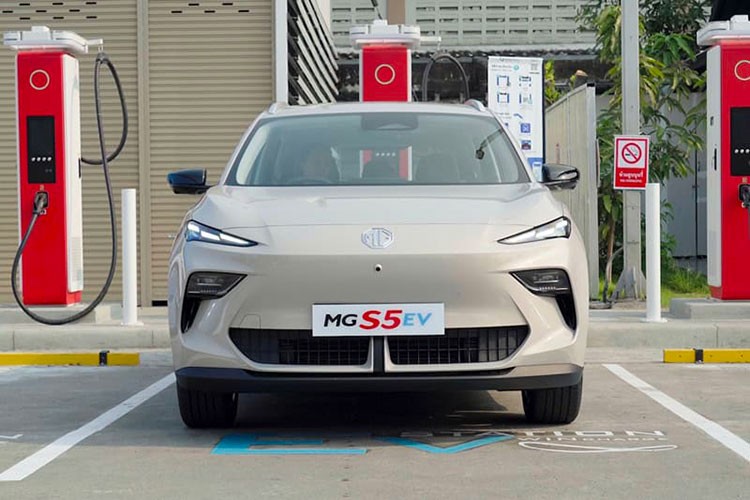

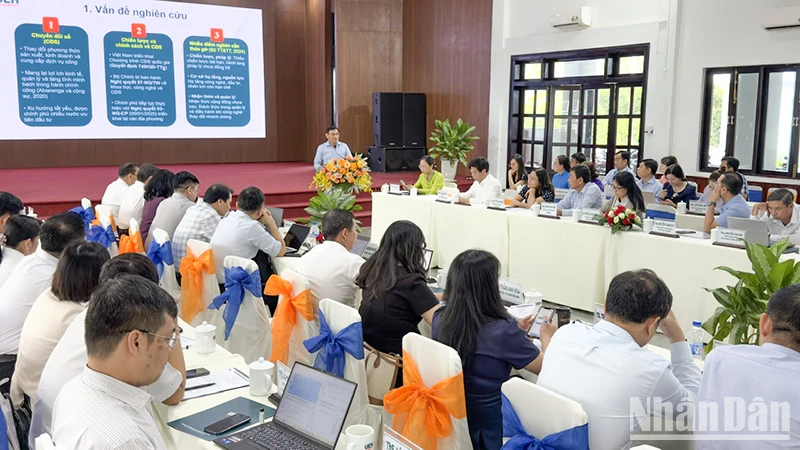































![[Video] Viettel officially puts into operation the largest submarine optical cable line in Vietnam](https://vstatic.vietnam.vn/vietnam/resource/IMAGE/2025/4/17/f19008c6010c4a538cc422cb791ca0a1)

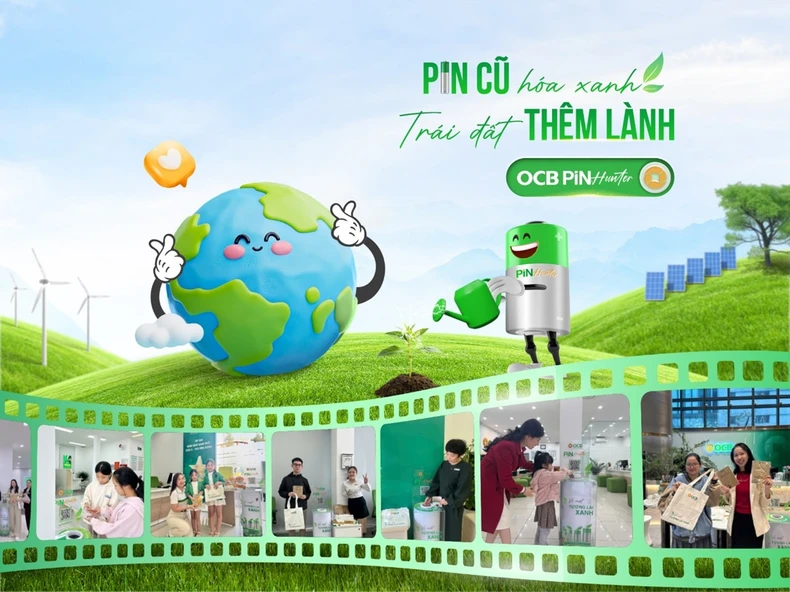








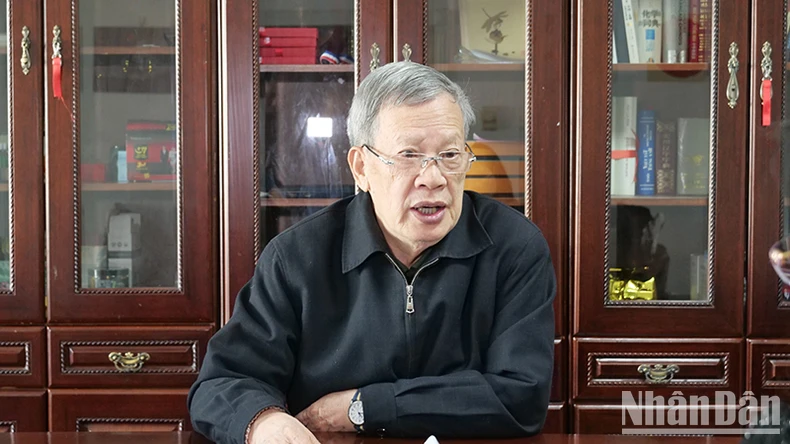




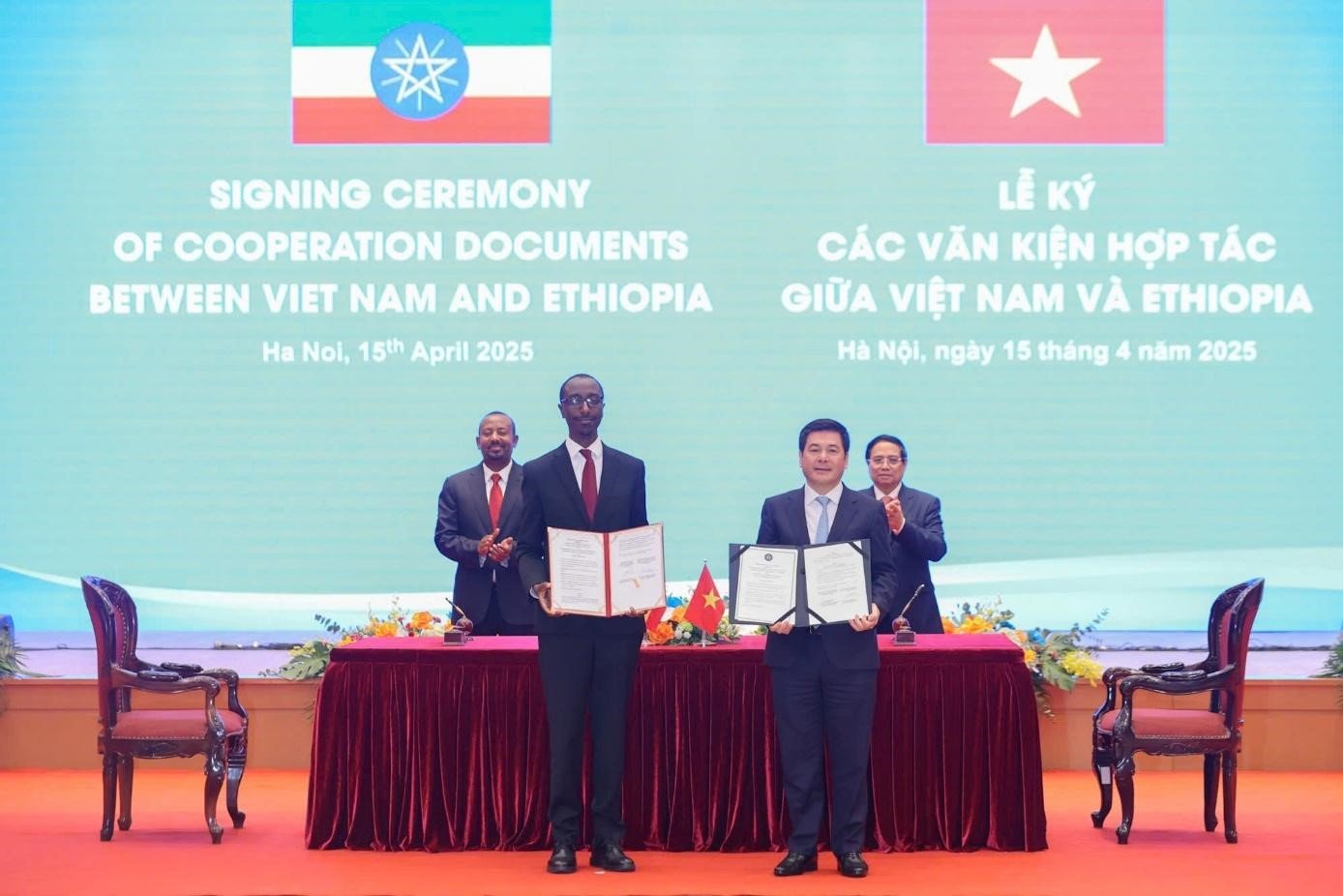



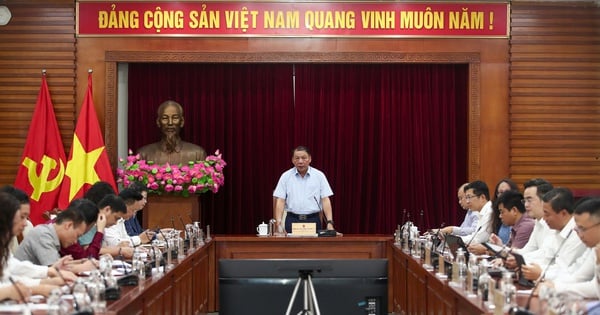



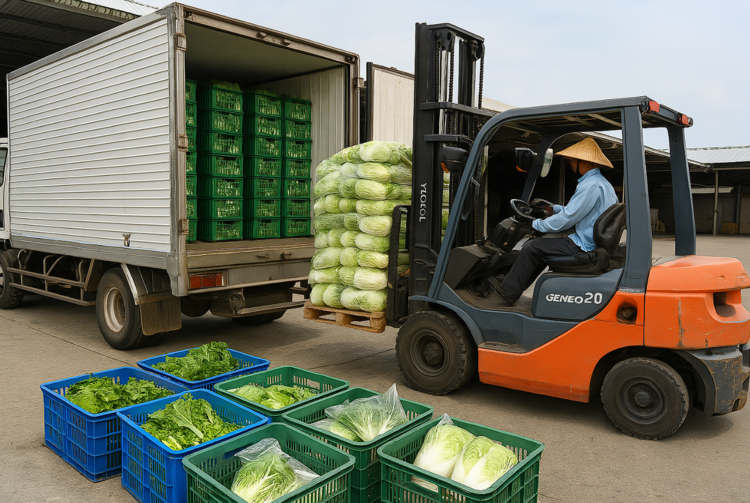
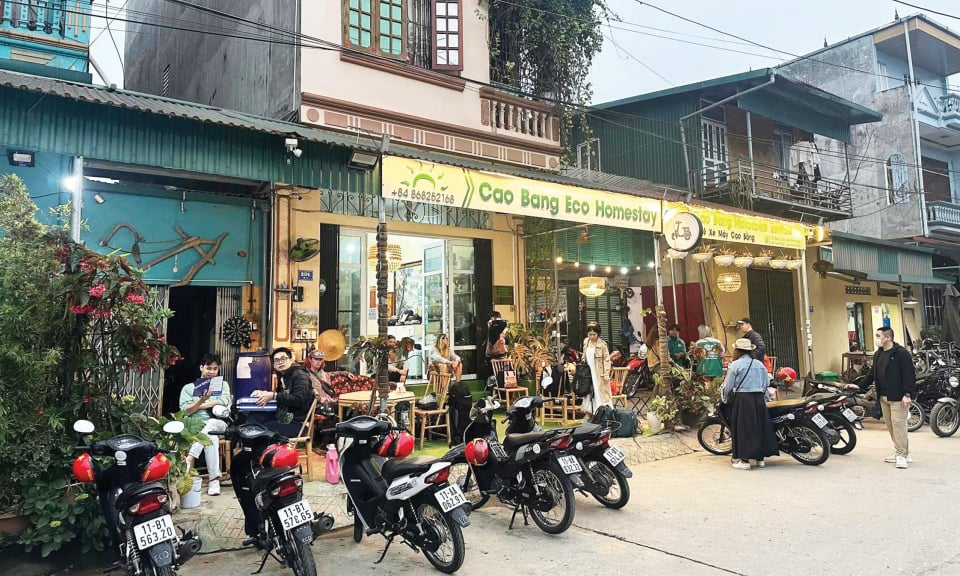






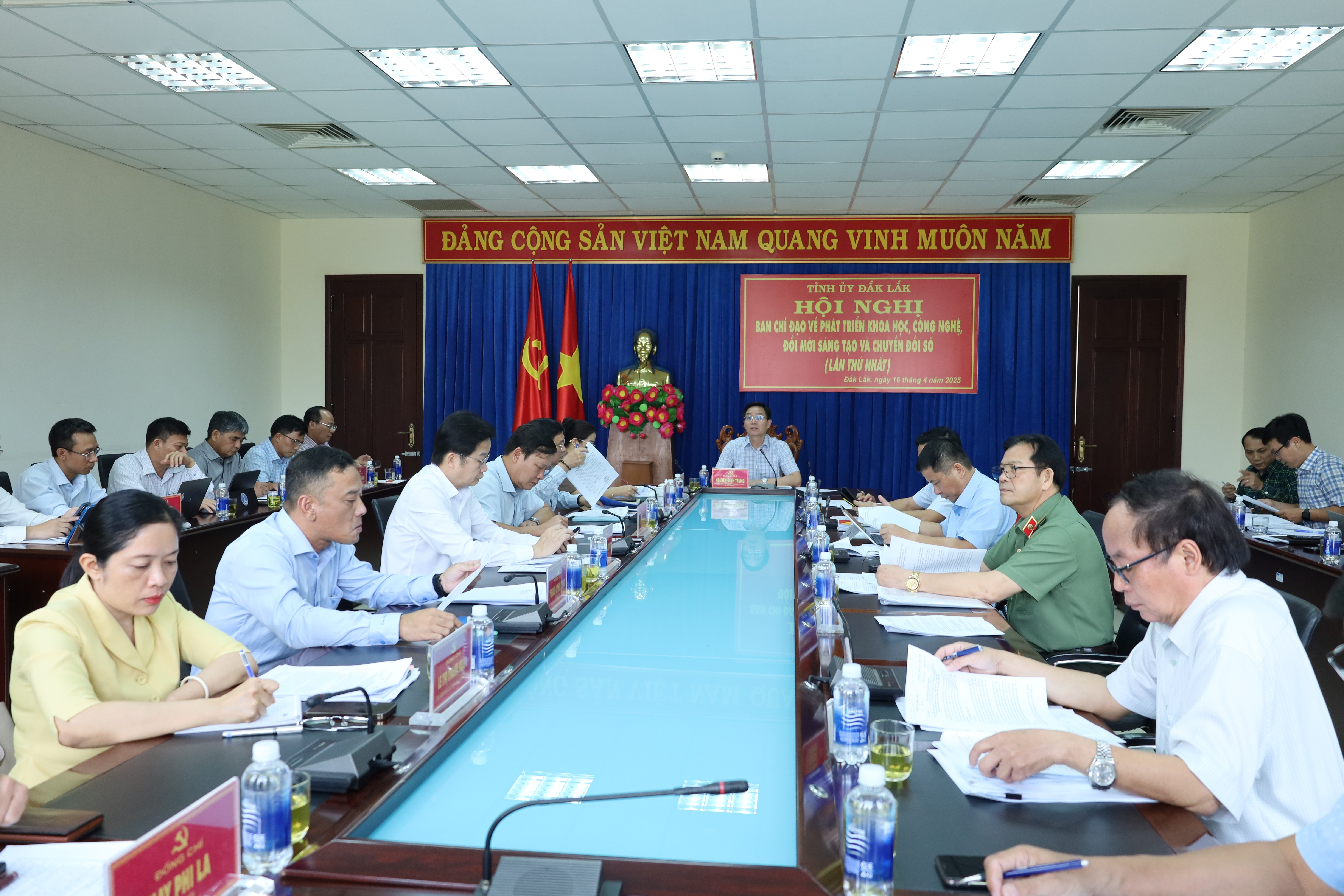










Comment (0)